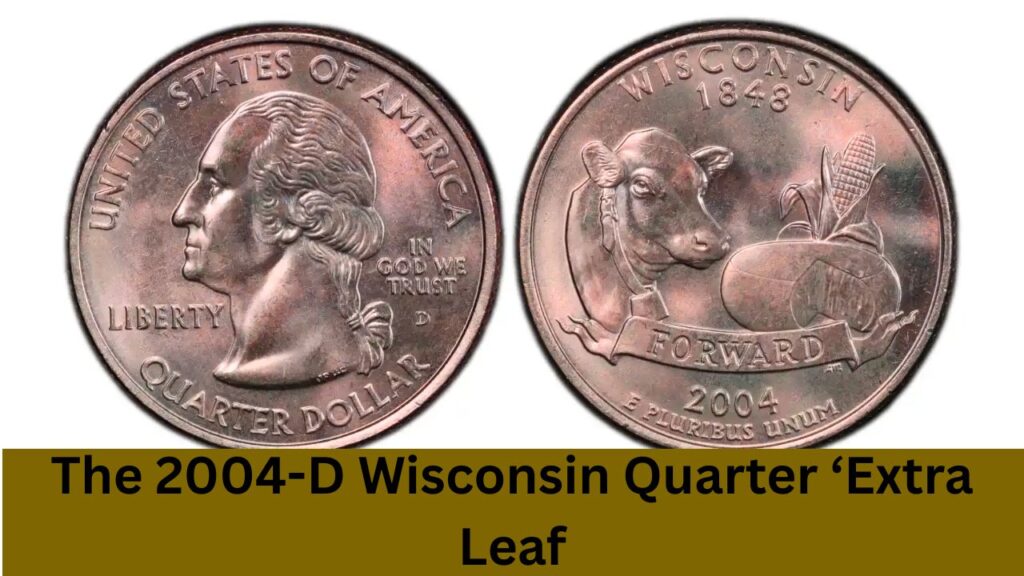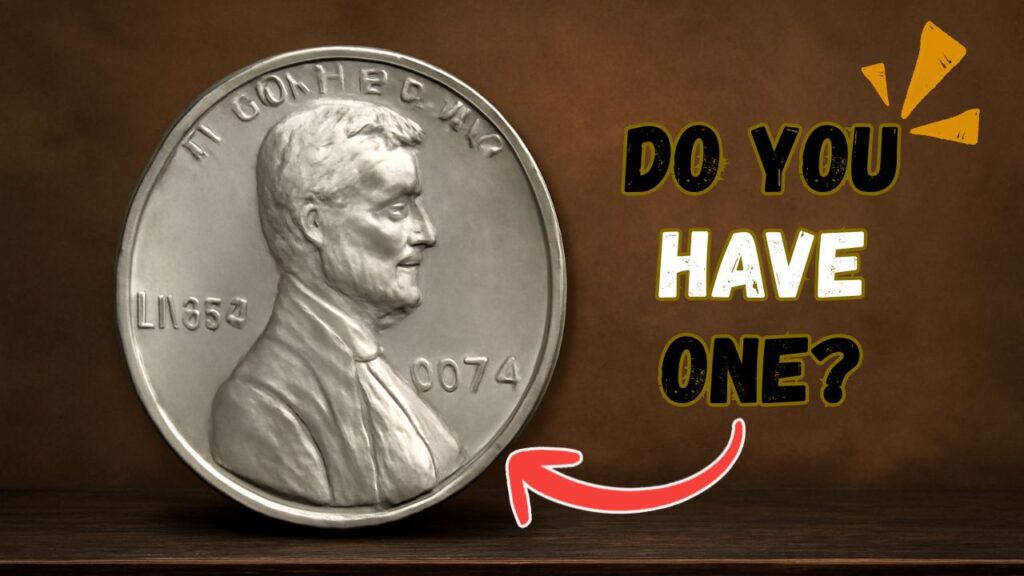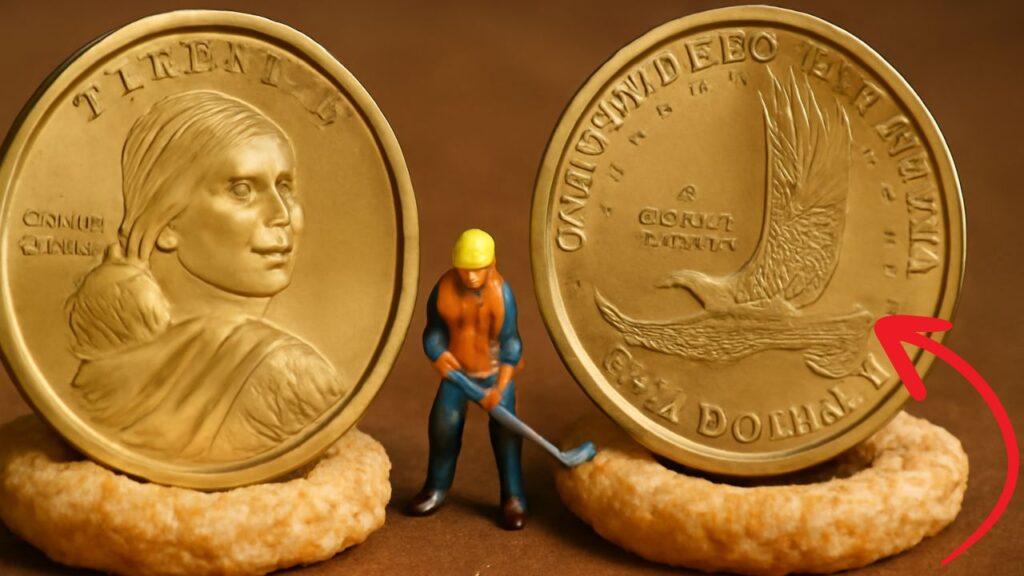The 2004-D Wisconsin Quarter with the ‘Extra Leaf’ error is a rare and highly sought-after coin by collectors. A simple mistake during production has turned this coin into a valuable collector’s item, making it much more than its face value.
This article will explore the details of the 2004-D Wisconsin Quarter ‘Extra Leaf’ error, why it has become so valuable, and how much it’s worth today.
What Is the 2004-D Wisconsin Quarter ‘Extra Leaf’ Error?
The 2004-D Wisconsin Quarter features an image of the famous American dairy cow, a symbol of Wisconsin’s strong dairy industry. This coin is part of the 50 State Quarters Program, where each state was honored with a commemorative quarter.
However, during production, a mistake occurred that caused an extra leaf to appear on the corn stalk in the lower left corner of the design.
This error, known as the ‘Extra Leaf’ error, is particularly significant to coin collectors due to its rarity. The extra leaf is not present on all 2004-D Wisconsin Quarters, making the coins with the error extremely rare and valuable.
The Different Variations of the ‘Extra Leaf’ Error
There are two main variations of the 2004-D Wisconsin Quarter ‘Extra Leaf’ error:
- Extra Leaf High (ELH): In this version, a second leaf is clearly visible just above the original leaf on the corn stalk.
- Extra Leaf Low (ELL): In this variation, the extra leaf appears beneath the original leaf, near the base of the corn stalk.
Collectors can find either of these two types of errors, and each variation can affect the coin’s value. The rarity and the precise location of the extra leaf determine how much the coin might be worth.
Why Is the 2004-D Wisconsin Quarter ‘Extra Leaf’ Error So Valuable?
Several factors contribute to the high value of the 2004-D Wisconsin Quarter ‘Extra Leaf’ error:
- Rarity: Only a limited number of these coins were produced with the extra leaf, making them rare finds in circulation.
- Demand Among Collectors: Coin collectors, particularly those interested in mint errors, are always on the lookout for valuable and rare coins like this one.
- The Error Itself: Minting errors, such as double strikes, die breaks, and extra features like the ‘Extra Leaf,’ make the coin unique, and this increases its worth. Errors in design add to a coin’s historical and monetary significance.
- Condition: As with most coins, the condition of the coin will determine its price. Coins in mint condition, especially those with little wear and tear, are worth significantly more than those in poor condition.
How Much Is the 2004-D Wisconsin Quarter ‘Extra Leaf’ Error Worth?
The value of the 2004-D Wisconsin Quarter ‘Extra Leaf’ error can range from $6 to as much as $2,000, depending on several factors:
- Low-Grade Coins: These coins, with visible signs of wear, typically fetch around $6 to $10.
- Mid-Grade Coins: Coins that are in better condition, but not perfect, are valued between $20 to $50.
- High-Grade Coins: A coin in uncirculated or near-mint condition with the ‘Extra Leaf’ error can be worth $100 to $500.
- Perfect Condition Coins: If the coin is in pristine condition, it could reach values of up to $2,000, particularly if it’s one of the rarer Extra Leaf Low variations.
Estimated Value of the 2004-D Wisconsin Quarter ‘Extra Leaf’ Error
| Condition | Value Range |
|---|---|
| Low Grade (circulated) | $6 – $10 |
| Mid-Grade (slight wear) | $20 – $50 |
| High-Grade (uncirculated) | $100 – $500 |
| Perfect Condition (rare variations) | $500 – $2,000 |
How to Identify the 2004-D Wisconsin Quarter ‘Extra Leaf’ Error
If you’re looking to check if your 2004-D Wisconsin Quarter has the ‘Extra Leaf’ error, here’s what to look for:
- Examine the Corn Stalk: The extra leaf will appear either above (high) or below (low) the main leaf on the corn stalk.
- Check the Location: The extra leaf is positioned just to the left of the ’T’ in “UNITED” on the coin.
- Look for Clarity: The Extra Leaf High variation is more distinct, and you will notice the extra leaf more easily than the Extra Leaf Low, which may be harder to identify.
Where Can You Sell Your 2004-D Wisconsin Quarter ‘Extra Leaf’ Error?
If you’re lucky enough to find a 2004-D Wisconsin Quarter ‘Extra Leaf’ error and want to sell it, there are several places where you can do so:
- Online Auctions: Websites like eBay andHeritage Auctionsoften feature coins like the 2004-D Wisconsin Quarter ‘Extra Leaf’ error.
- Coin Dealers: You can take your coin to a local coin dealer who may be interested in purchasing it or helping you find a buyer.
- Coin Shows: These events bring together collectors and dealers, making them an excellent opportunity to sell or trade valuable coins.
The 2004-D Wisconsin Quarter ‘Extra Leaf’ error is a fascinating and valuable coin that holds significant appeal for collectors. Its rarity, the unique error, and the potential for high-value sales make it an attractive item for coin enthusiasts.
Whether you are a collector or someone who has found one of these rare coins, the ‘Extra Leaf’ error can be worth a lot more than its face value. Be sure to carefully examine the coin, consider its condition, and consult with experts to understand its potential worth.
Frequently Asked Questions
1: How rare is the 2004-D Wisconsin Quarter ‘Extra Leaf’ error?
The error is relatively rare, as only a small number of 2004-D Wisconsin Quarters were produced with the extra leaf. It is not found in every coin, making it highly valuable to collectors.
2: Can I find the 2004-D Wisconsin Quarter ‘Extra Leaf’ error in circulation?
While it’s possible to find one in circulation, the chances are slim due to the coin’s rarity. Most of these coins are found through dedicated searching or are bought from dealers and collectors.
3: Does the condition of the coin affect its value?
Yes, the condition of the coin plays a significant role in determining its value. Coins in mint or near-mint condition with the extra leaf error are worth significantly more than those in lower grades.
The 2004-D Wisconsin Quarter ‘Extra Leaf’ error is a unique and valuable find in the world of coin collecting, and it could potentially make you a lot more money than you’d expect. Whether you’re buying, selling, or just admiring it, this rare coin is a fascinating piece of American currency history.



